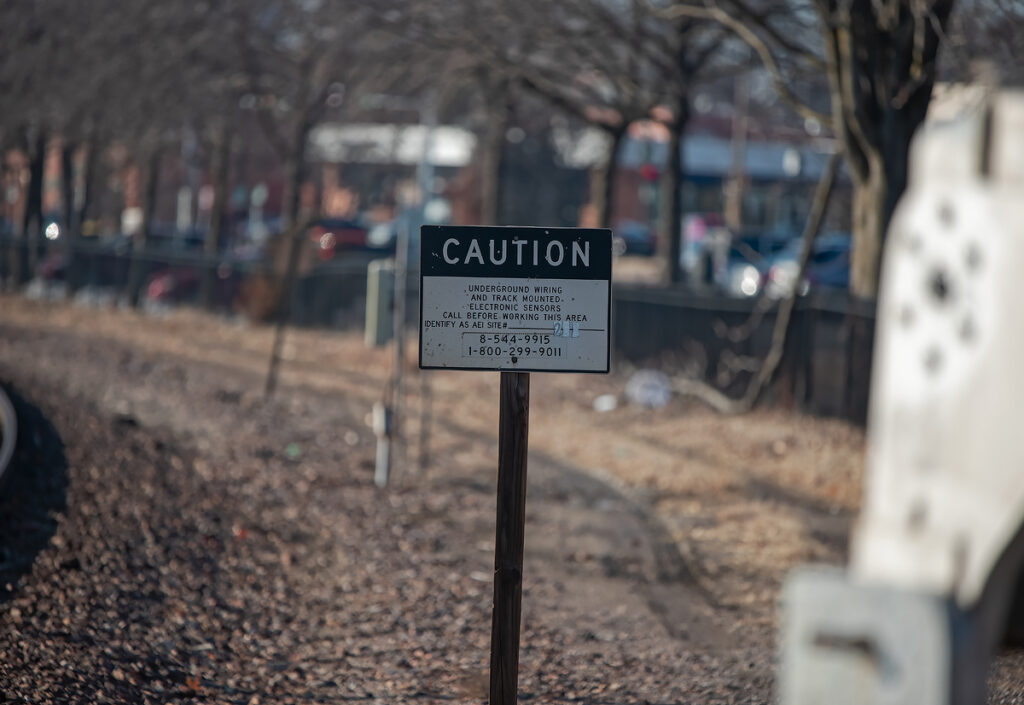Bokeh is the out of focus area of the image, or the blurry part of an image. Bokeh is a recently invented term for something that is inherent in photography. The term actually came about in 1997 and has caught on big time in recent years.
In fact bokeh has become a craze in and of itself. Not only are professional photographers interested in bokeh but the average joe with an iPhone is interested in it as well. Such is the reason for the introduction of portrait mode in the iOS camera app. Portrait mode is actually not true bokeh, it is programmatically generated blur that is created based on a depth map of the image. But the effect is similar to true bokeh, it blurs out the background to put more focus on the subject.
Why are people so interested in bokeh?
Bokeh after all is the blurry out of focus area of an image, not typically the subject, why the sudden interest? The reason I think is that the out of focus areas are very important to human vision as blur helps us distinguish how far away objects are in relation to us. Our visual system gives us a preference for clarity so our brains like it if an image is easy to understand. A blurred out background allows our brain’s image processor to easily distinguish the subject in an image which makes it appealing.
Basically the reason why we’ve become obsessed with bokeh is because images with blurry backgrounds are naturally more appealing and dimensional looking to our eyes.
So people like bokeh, how do I make more bokeh?
If you read my article on depth of field you may have learned that depth of field is controlled by the aperture and by the distance to the subject. Bokeh is also affected by these two factors. However bokeh adds in another variable. The appearance of bokeh is also affected by the focal length of the lens. So, a wider aperture gives more bokeh, being closer to the subject gives more bokeh, and a longer focal length increases the appearance of bokeh.
How does aperture control bokeh?
The way aperture controls bokeh is by changing the size of the light cone passing through the aperture. A wider aperture gives a bigger light cone which causes the image to go out of focus faster hence it is more blurry in the background. A narrow aperture narrows the light cone and causes the image to go out of focus more slowly. It’s the exact same phenomenon as depth of field but depth of field concerns itself with the in focus area of the light cone and bokeh concerns itself with the out of focus area of the light cone. Click here to learn more about how the aperture works.
How does distance control bokeh?
Distance to subject affects bokeh for the same reason the aperture does. Focusing on an object far away narrows the light cones entering the lens, while focusing up close widens the light cones.
How does focal length control bokeh?
Focal length does not actually change the background blur in an image, it magnifies it. So if you imagine that at infinity focus every lens sees the same blur, as you zoom in on an area of infinity the blur appears larger in relation to the subject. This magnification of the background gives the impression that the bokeh is more blurry. It’s sort of like how when you zoom in on an image in Photoshop the pixels get really big and blurry.
A visual study of bokeh
Some pictures would probably make all this more clear right? In the following images taken at different focal lengths, and all at the same aperture, we see how focal length affects the perception of bokeh.
In the first image, taken at 35mm and f/2.8 there is relatively little blurring of the background.

In the second image, taken at 85mm amd f/2.8, the background appears larger, thus the amount of blur is correspondingly magnified.

In the third image, taken at 200mm and f/2.8, the background appears even larger and more blurry. (sorry about the object in the foreground at the right)

So does a longer focal length increase bokeh? Yes and no. Strictly it does nothing to the blur, effectively it appears more blurred because the background is magnified, thus the blur radius is also magnified.
Final thoughts
Bokeh makes images more appealing and good bokeh puts all the focus on the subject making it easy for our eyes to see and understand the image we’re looking at. How important is bokeh in your photography? Let us know in the comments below.

